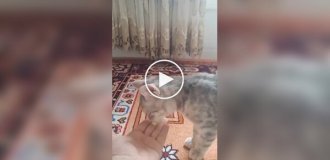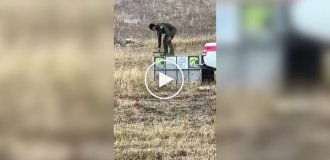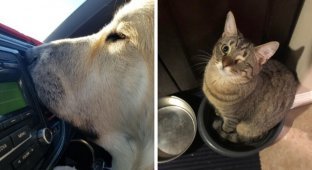Faced with the need to wear masks during the pandemic, people reacted differently to this requirement. Some supported, others were categorically against. Still others adhered to neutrality. 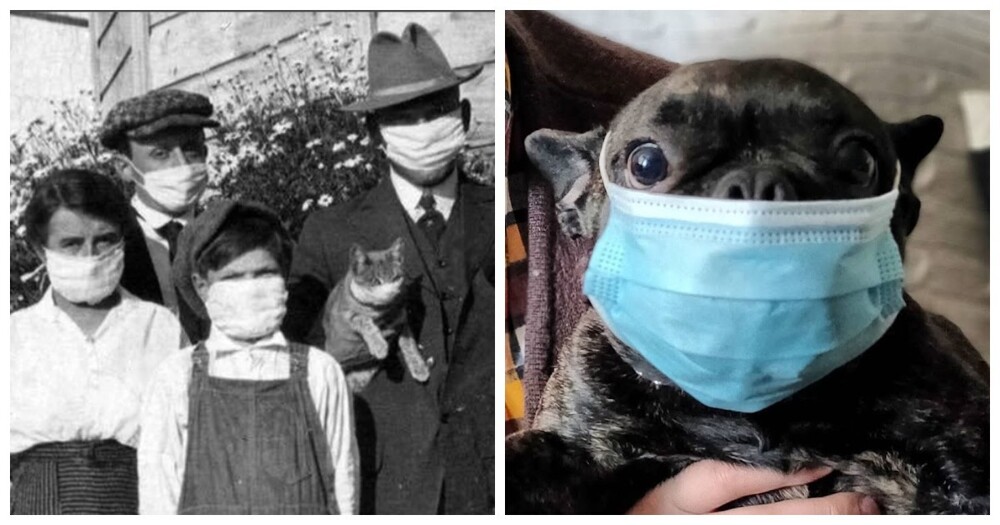
But it turns out that not only people wore masks during past terrible epidemics. Pet owners tried to protect their pets from infections with their help. 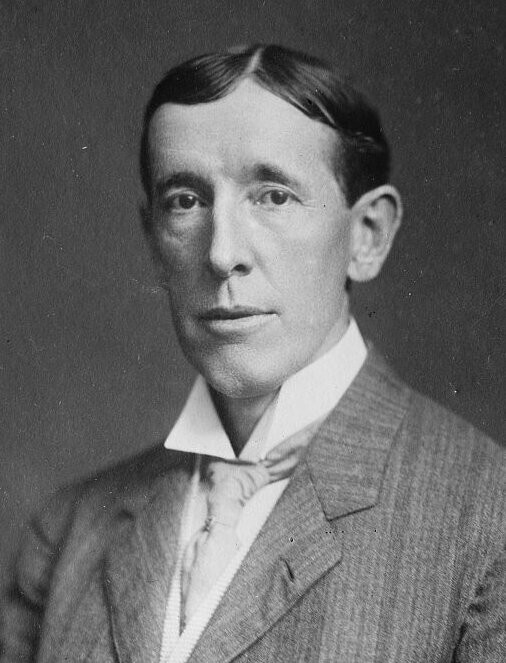
Dr. Woods Hutchinson
For example, during the 1918 flu epidemic, pet owners put masks on their cats.
The Anglo-American doctor Woods Hutchinson spoke very vividly and emotionally about the epidemic:
The reason for the spread? Complete bungling, nothing less. We knew that this disease was common in Europe and that it would come here. The flu germ doesn't care about your state of mind. Once he settles in your nose, he doesn't care whether you're afraid of him or not. 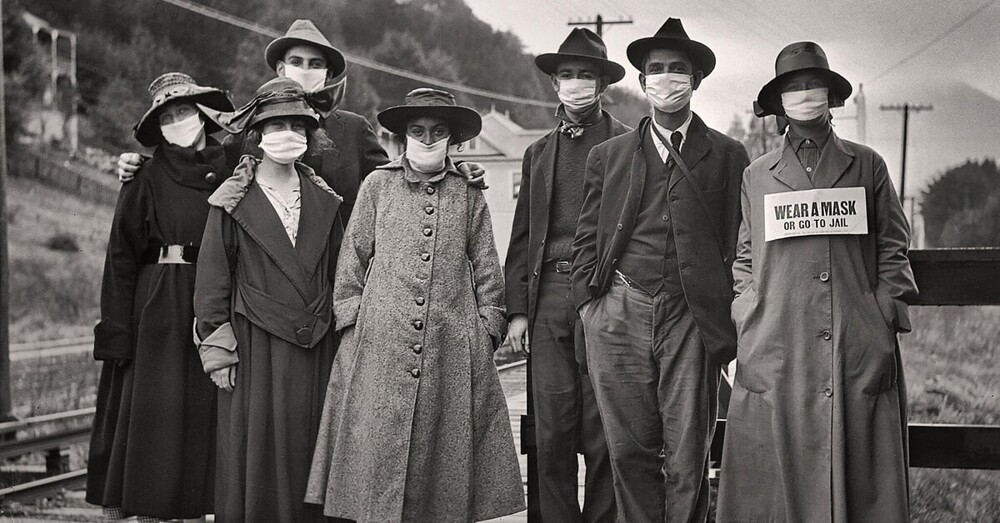
However, Hutchinson was against quarantine. Instead, he wholeheartedly supported mask use, pointing to the West Coast, where some cities have made mask-wearing mandatory in public. Photographs from that time show people with the lower half of their faces wrapped in gauze. But some took an extra step to safety by putting masks on their cats too. 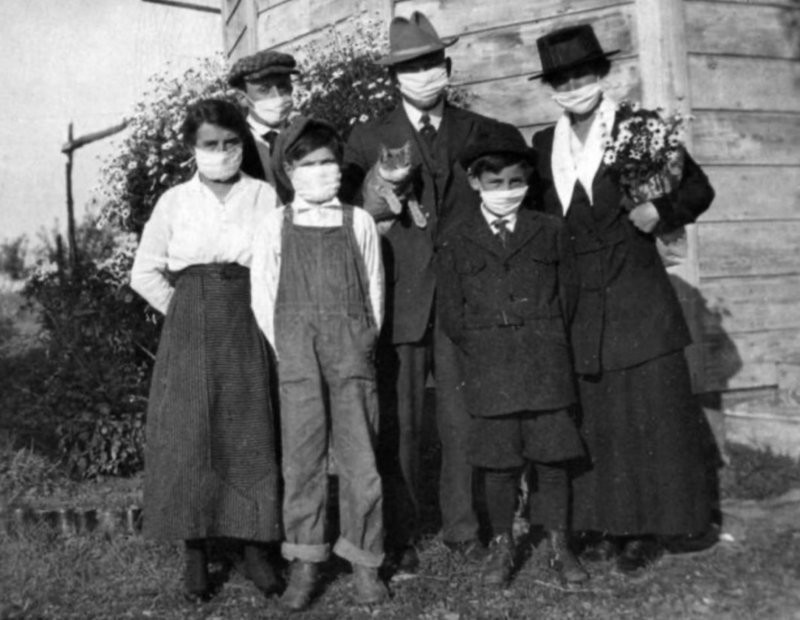
One of the images from when the Spanish Flu was raging in the States shows an unidentified family of six in Dublin, California. Everyone is wearing standard masks of the time. Attractive woman holding a bouquet of flowers. And the head of the family held a clearly tense cat in a mask under his arm. Small folds under the right ear show where the gauze has bunched up, and a barely visible shadow is where the cat's nose is. 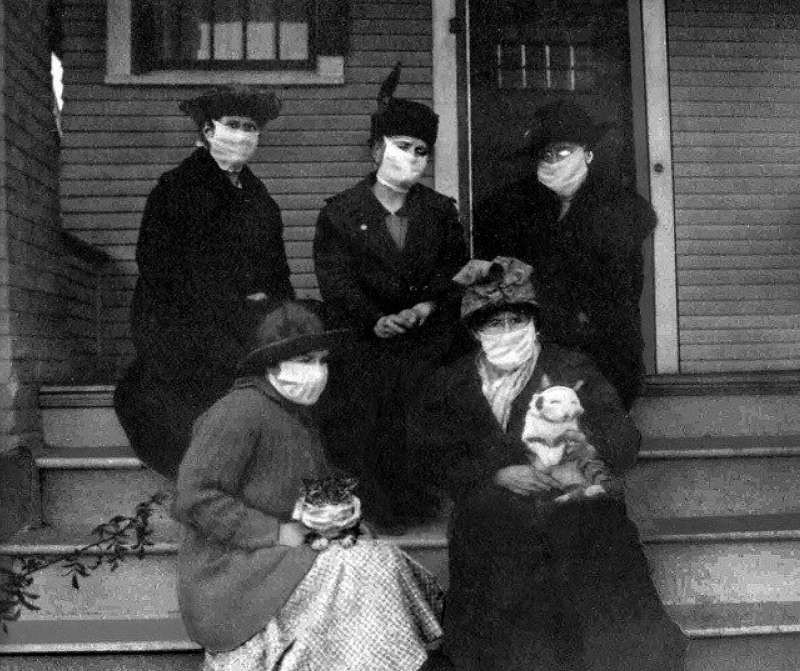
People around the world were afraid that their pets would become infected with the COVID-19 virus during the pandemic. Moreover, the study showed that cats can become infected with this virus, at least in laboratory conditions. Dogs seem to be less susceptible. Although masks for dogs have appeared on marketplaces. In China, the news even flashed photographs of unfortunate cats whose owners completely wrapped their faces in masks, although they had previously made holes for the eyes. 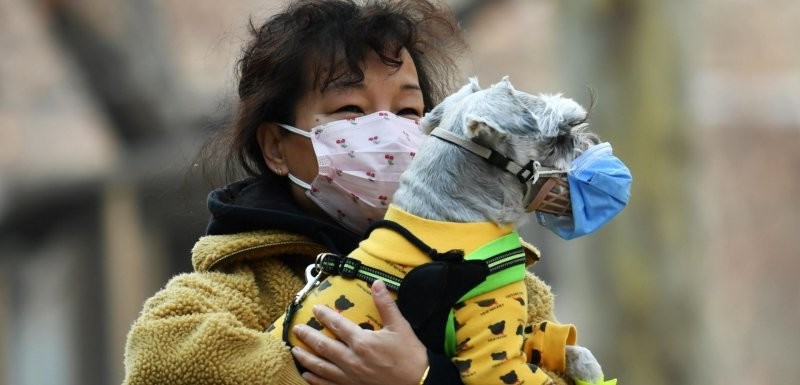
These photographs caused universal affection. Actually, this is logical, because few cats will tolerate a mask for a long time. It was humor that could serve as a motive for photographs of pets in masks at the beginning of the 20th century. The people captured in these photographs most likely experienced wild fear. And by dressing the cat in a mask, perhaps they would at least defuse the situation a little. 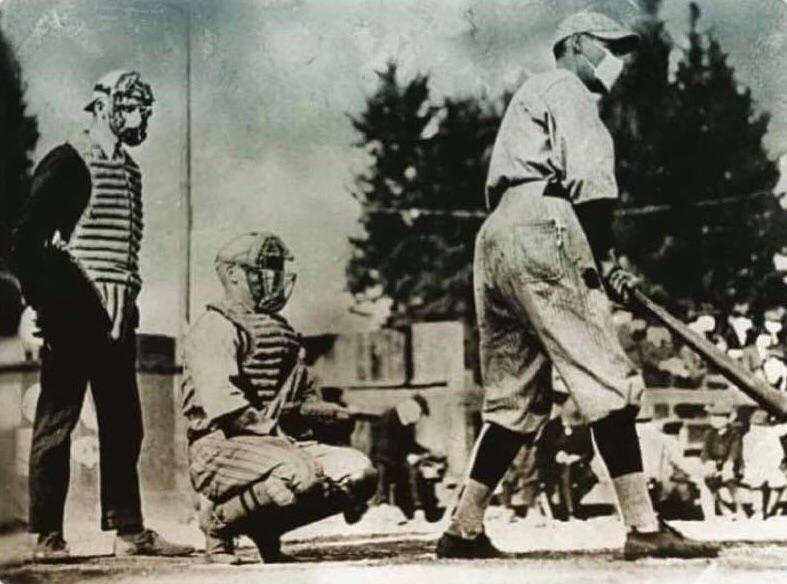
But many people also had a real fear that pets could carry the Spanish flu. In Allentown, Pennsylvania, one city council member insisted that dogs and cats were to blame for the spread of the disease. And he suggested killing them all or at least shaving them to prevent new cases of infection.
There were rumors in Phoenix that dogs could carry the flu. The police killed stray animals, and some people even killed their own pets. Some influenza viruses can be transmitted from birds and mammals to humans, although they rarely reach people directly. 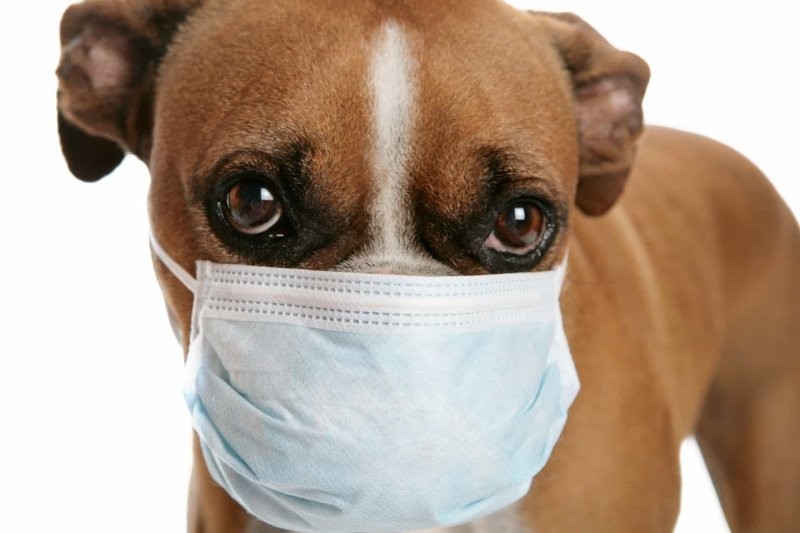
When the dogs were put on masks, it was perceived as a joke. “This is believed to be the first game in masks,” trumpeted one newspaper when the two teams met in Pasadena, California, in early 1919. Referees, players, spectators and a mascot dog gathered for the game wearing masks made of linen and gauze. 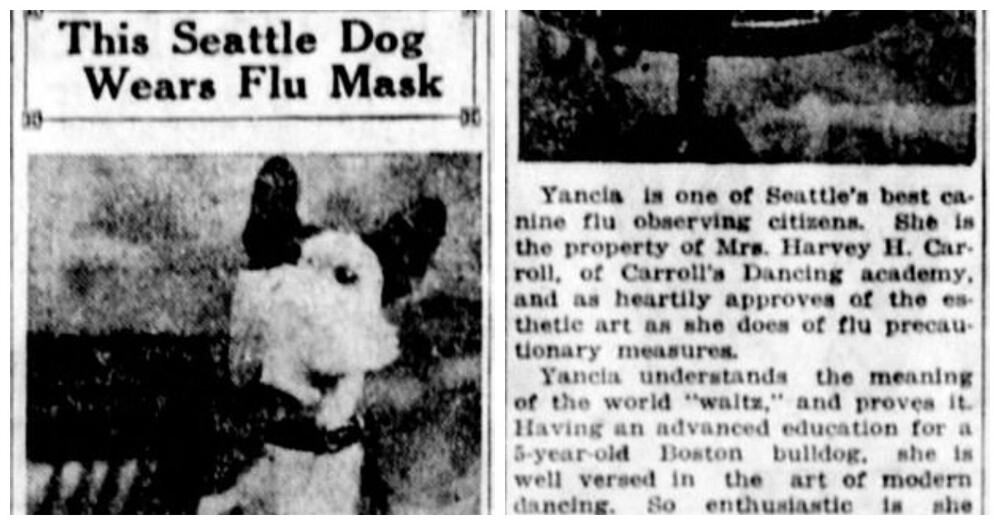
The dog's photo made it into the local newspaper, as did a photo of Jancia, the 5-year-old Boston bulldog whose masked face graced the pages of The Seattle Star in late 1918. The headline read, "This Seattle Dog Wears a Flu Mask," and her owner said, "She did her best, just like the rest of us." 
Humor really does help get through difficult times a little easier. As for masks, they, at least ordinary ones, will definitely not be used by pets for a long time. It’s not just that “cats often go without clothes.” Just like dogs. They don't care much about human fuss. And they can allow themselves to put on a mask only out of great love for the owner.
Add your comment
You might be interested in:






